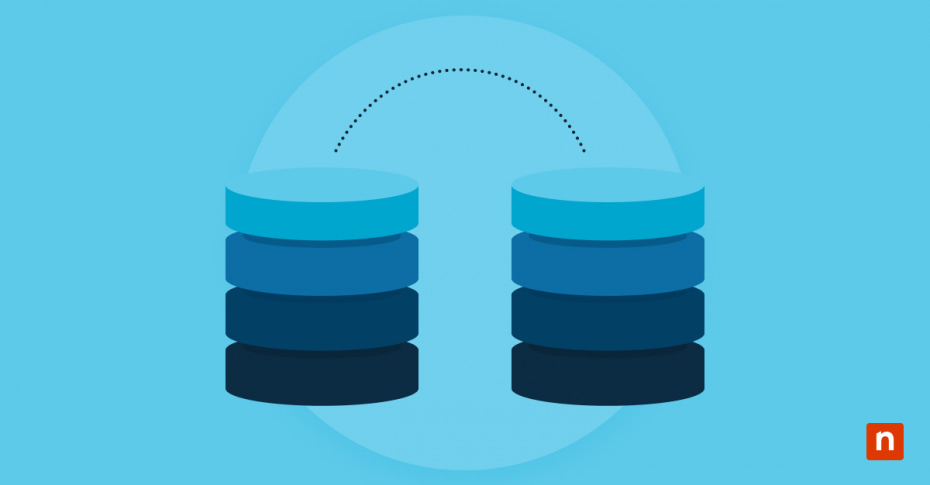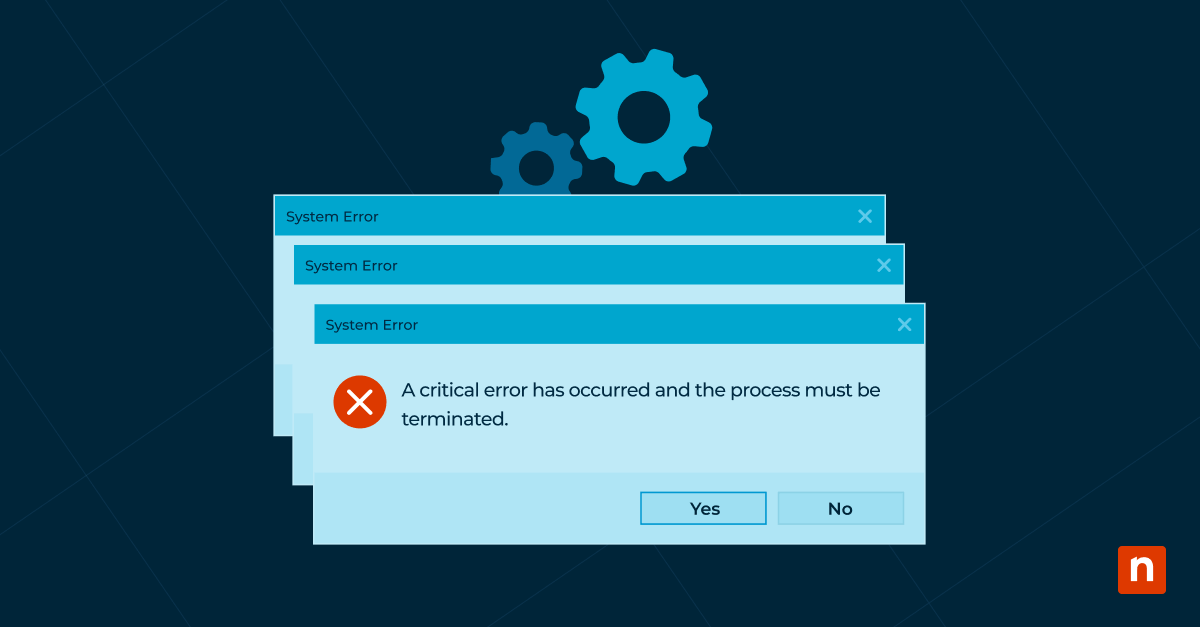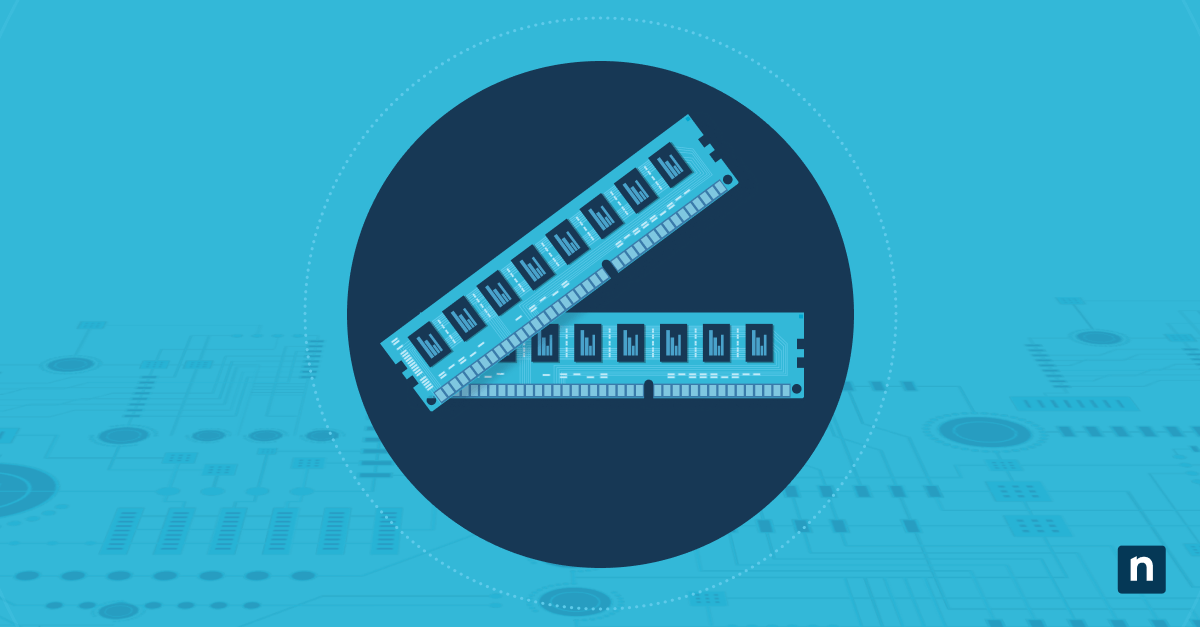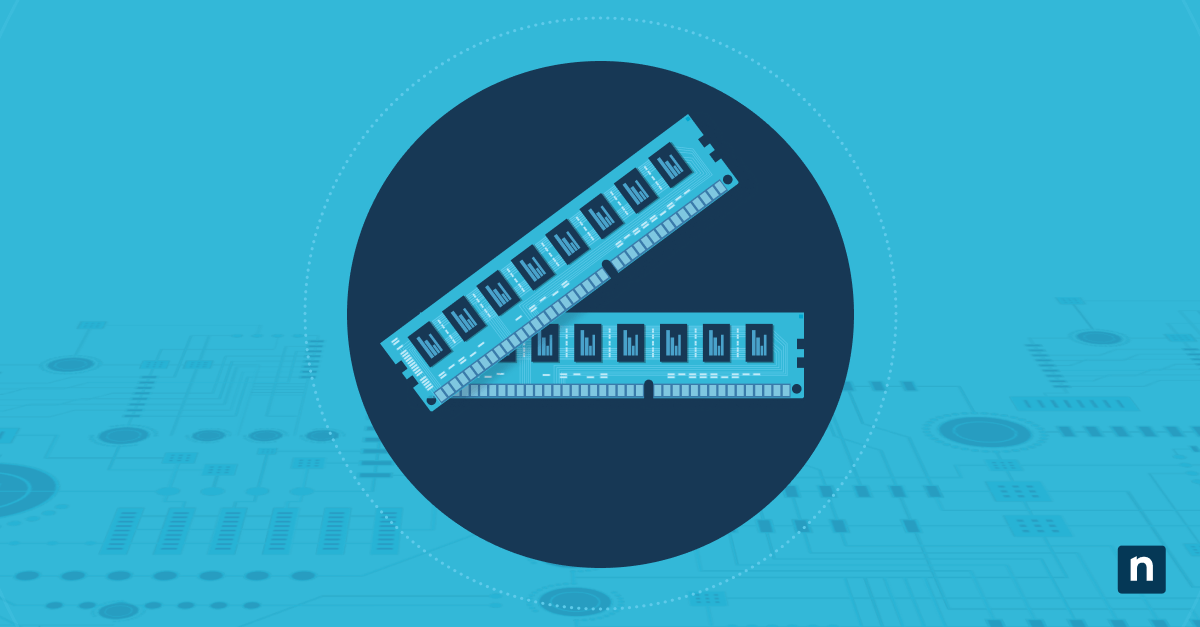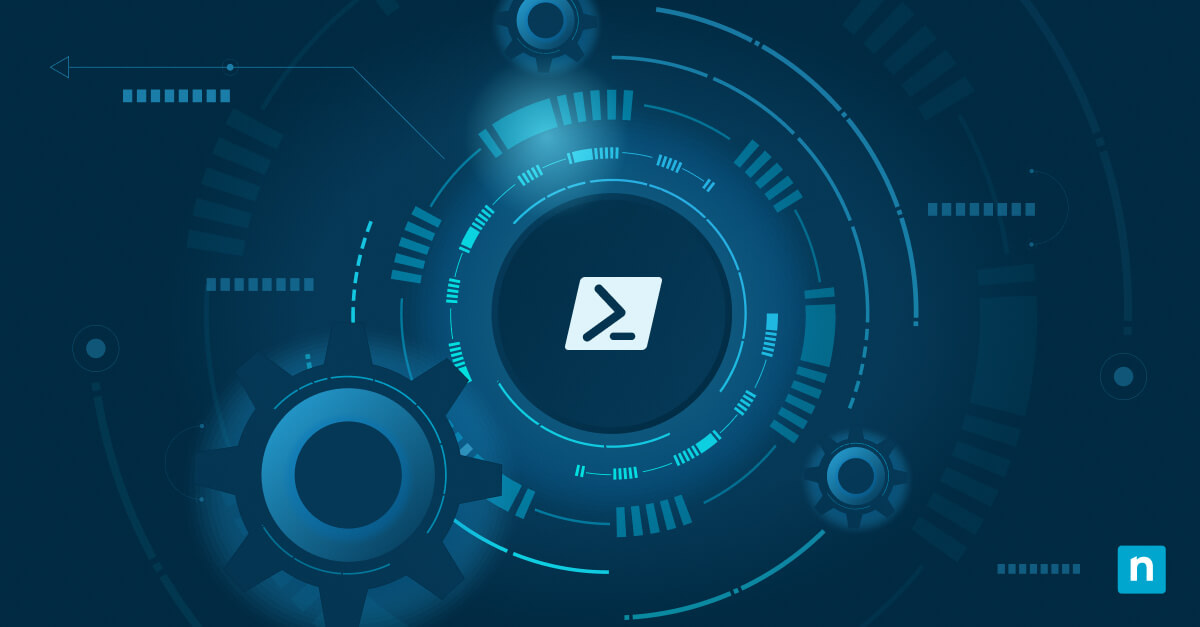RAID storage combines multiple storage devices into one for the purposes of performance and/or reliability. This is vital for the performance of servers and the accuracy and durability of critical business data.
This guide explains everything you need to know about RAID storage, including the different RAID levels (RAID 0, RAID 1, RAID 5, RAID 6, and RAID 10), what each of them does, and their advantages and use cases. This information will help you choose the right level for your specific needs, from home NAS to mission-critical business data applications.
Introduction to RAID storage
RAID (Redundant Array of Independent Disks) storage operates two or more disks in tandem, spreading or duplicating (or both) data across them. RAID has been around for a long time and is the cornerstone of high performance and high reliability data storage.
RAID is a widely supported standard — from consumer PC motherboards to off-the-shelf network attached storage (NAS) solutions, you can implement RAID for your home or small business to ensure that your data is less prone to corruption or loss, and as part of a broader backup strategy.
For larger organizations and those with high performance computing requirements, RAID arrays can provide huge performance increases (especially when using SSDs) as well as data redundancy, ensuring mission-critical workloads are completed quickly and that both workflows and their data can be quickly recovered in the event of hardware failure.
Understanding RAID levels (RAID 0, RAID 1, RAID 5, RAID 6, RAID 10) and how they work
The hardware or software that manages a RAID configuration is called a RAID controller. RAID controllers provide several widely adopted configuration standards known as levels. Each level is optimized for a specific scenario focusing on performance, redundancy, fault tolerance, or a mix, depending on the number of physical storage devices available.
Before choosing which RAID level is right for your system, you need to figure out which metric is most important and your budget. If performance or a basic level of data redundancy is your primary concern, you can use a lower RAID level and a couple of off-the-shelf hard drives. If you need high performance as well as the highest level of data protection for valuable data, you’ll need specialized hard disks designed for continuous operation in RAID deployments and more of them.
Each RAID level requires different hardware and software configurations and has different advantages. The most commonly used RAID levels are explained below.
RAID 0 (striping)
RAID 0 stripes (distributes) data evenly across all disks in the RAID array. It requires an even number of disks (numbering at least 2).
| Performance | Redundancy | Storage Efficiency |
| High read and write speeds. The more disks, the faster the RAID 0 array. | None. All data is lost if even a single disk fails. | 100% as all storage space is used for a single copy of data. |
The ideal use-case for RAID 0 is high performance applications where losing data isn’t critical. This might include scratch disks for media editing, or for high performance workloads on data that has been staged from highly redundant (but slower) storage elsewhere.
RAID 1 (mirroring)
RAID 0 stripes (distributes) data evenly across all disks in the RAID array. It requires an even number of disks (numbering at least 2).
| Performance | Redundancy | Storage Efficiency |
| High read and write speeds. The more disks, the faster the RAID 0 array. | None. All data is lost if even a single disk fails. | 100% as all storage space is used for a single copy of data. |
The ideal use-case for RAID 0 is high performance applications where losing data isn’t critical. This might include scratch disks for media editing, or for high performance workloads on data that has been staged from highly redundant (but slower) storage elsewhere.
RAID 1 (mirroring)
RAID 1 stores an exact copy of your data on each disk in a RAID array, requiring at least two disks.
| Performance | Redundancy | Storage Efficiency |
| Reading data is faster (as different parts of data can be read from multiple disks simultaneously), but writing data is slower as it must be written to every disk at the same time. | High. Data can be recovered if a disk fails. The more disks you have in RAID1, the higher the redundancy. | As the same data is stored on each individual disk, efficiency decreases with each additional disk added (i.e., a RAID 1 array with two disks has 50% storage efficiency, 3 disks has 33.33% efficiency, etc.) |
RAID 1 is used for storing mission-critical data where data integrity is the priority, and where data loss would be catastrophic. This includes core business data (like financial records), and data required for business continuity. Increasingly, individuals build RAID 1 arrays for storing their important family photos and documents to ensure that a hardware failure or lost device doesn’t wipe out their precious memories.
RAID 5 (striping with parity)
RAID 5 adds additional protection with distributed parity (parity is a way of checking for data errors). Parity data is spread across all disks in a RAID 5 array, allowing data to be reconstructed in the event of a single disk failure, but requires additional disks (at least three) due to the need to store the parity data for each disk.
| Performance | Redundancy | Storage Efficiency |
| Read performance is improved as data can be read from disks simultaneously, but write speed is decreased due to the need to calculate and write parity data. For this reason, RAID 5 is often implemented using dedicated hardware to speed up parity calculations. | If a single disk fails, the data on it can be rebuilt using the parity data stored about it on other disks in the RAID 5 array. | One disk’s total storage space is used for parity data, spread across all disks in the array. |
RAID 5 is commonly deployed in servers where both cost and fault tolerance are a factor, as it provides a good compromise between storage efficiency, performance, and redundancy.
RAID 6 (striping with double parity)
RAID 6 works the same way as RAID 5, but with double parity: parity data is duplicated and spread across disks in a RAID 6 in a way that it can suffer up to two simultaneous disk failures, and still be able to fully rebuild all data that was stored. RAID 6 requires at least 4 disks.
| Performance | Redundancy | Storage Efficiency |
| Faster read performance due to multiple simultaneous reads, but slower write performance due to multiple parity calculations. | High, two concurrent disk failures can occur with no data loss. | Two disks worth of storage space are lost to parity data. |
RAID 6 is popular in situations where RAID 5 does not guarantee enough fault tolerance.
RAID 10 (combined mirroring and striping)
RAID 10 (1 + 0) is a nested RAID configuration consisting of RAID 1 and RAID 0 in combination. RAID 10 takes mirrored RAID 1 arrays and then stripes them in RAID 0, resulting in high speed as well as high redundancy. You can also have RAID 01 (with the mirroring and striping reversed from RAID 10), however as it offers less fault tolerance with the same storage requirements, it is not recommended).
| Performance | Redundancy | Storage Efficiency |
| High read and write performance, comparable to a RAID 0 configuration. | High, due to mirroring. More than two mirrors can be present for higher redundancy. | At least four disks are required for RAID 10, and only 50% of the total storage space is available as the rest is taken up by mirrored data (assuming two mirrors are present). |
Other RAID levels can also be combined or nested, for example combining RAID 5 with RAID 0 provides a RAID 50 configuration, where striping with parity is then striped itself for even further data protection — requiring a minimum of 6 physical storage devices.
As RAID configurations aren’t standardized by a central authority, the details of implementing the above can vary from vendor to vendor, so you should always check what RAID features your hardware and software support, and that they meet your technical requirements. Additionally, there are some less-often seen RAID levels, such as RAID 2, 3, and 4, that implement different striping methods but do not offer any practical advantages over the standard RAID levels.
Choosing and implementing the right RAID storage
There are several ways that you can deploy RAID storage:
- Software RAID: Linux, Windows, and MacOS all provide RAID or RAID-like functionality for striping or mirroring data for improved performance or redundancy. Third-party RAID software is also available.
- Hardware RAID: Dedicated RAID hardware (usually connected via PCI Express for use in servers) offers the best possible storage performance, for a price. Many consumer motherboards also ship with RAID configuration utilities (but lack the performance of separate RAID hardware).
- Network attached storage (NAS): Many consumer and professional NAS devices offer RAID out of the box — just add your own drives, set the RAID level, and you’re set.
Managing resiliency and integrity in RAID for mission-critical data
RAID storage is not a panacea to protecting against data loss. Even the most extensive RAID array can be completely wiped out by a misconfiguration, theft, fire, or natural disaster.
A common failure for RAID storage systems is simply that nobody noticed a disk failure — that’s why it’s important that you monitor your RAID storage using a proven remote monitoring and management solution, and ensure that you have backups or redundant copies of your data stored off-site for disaster recovery.

